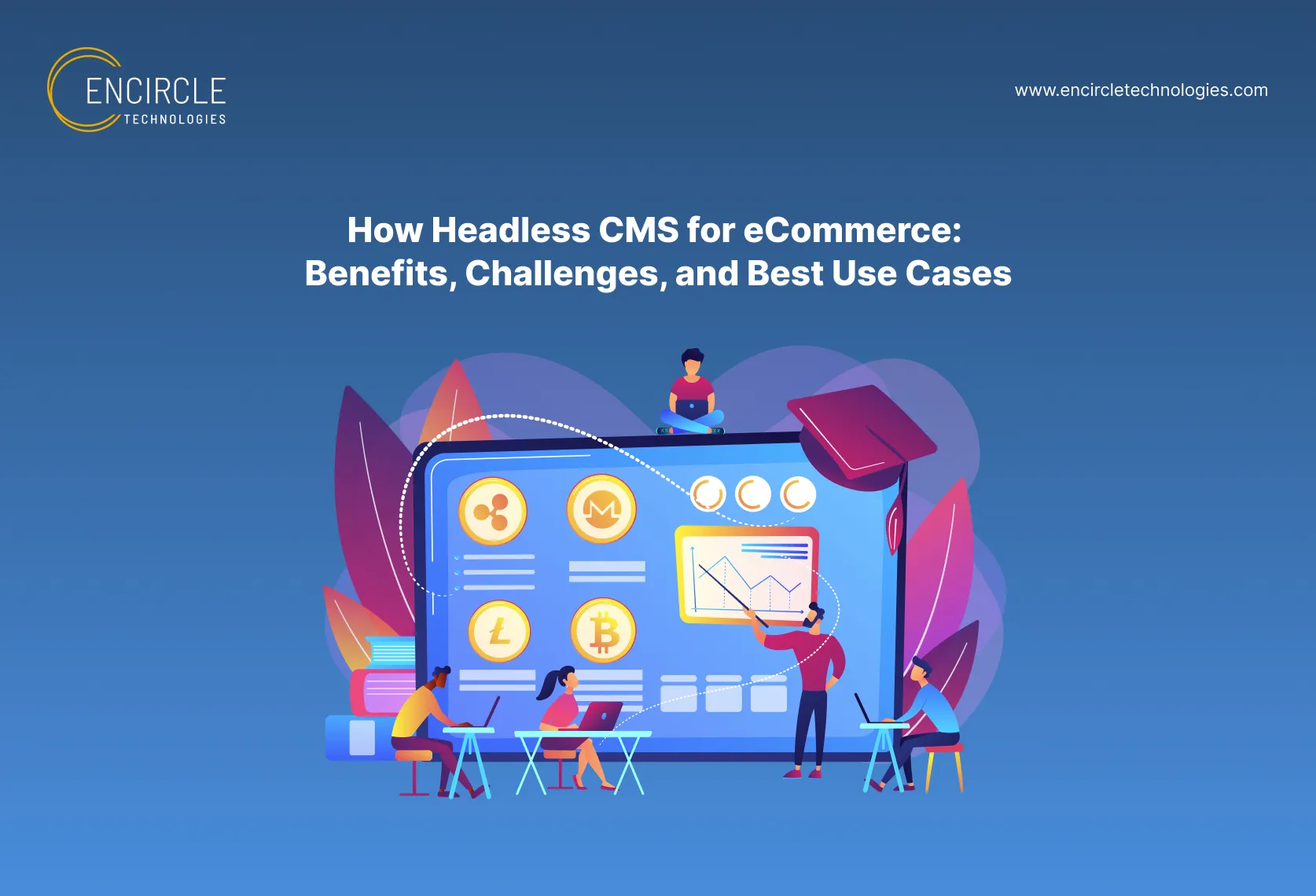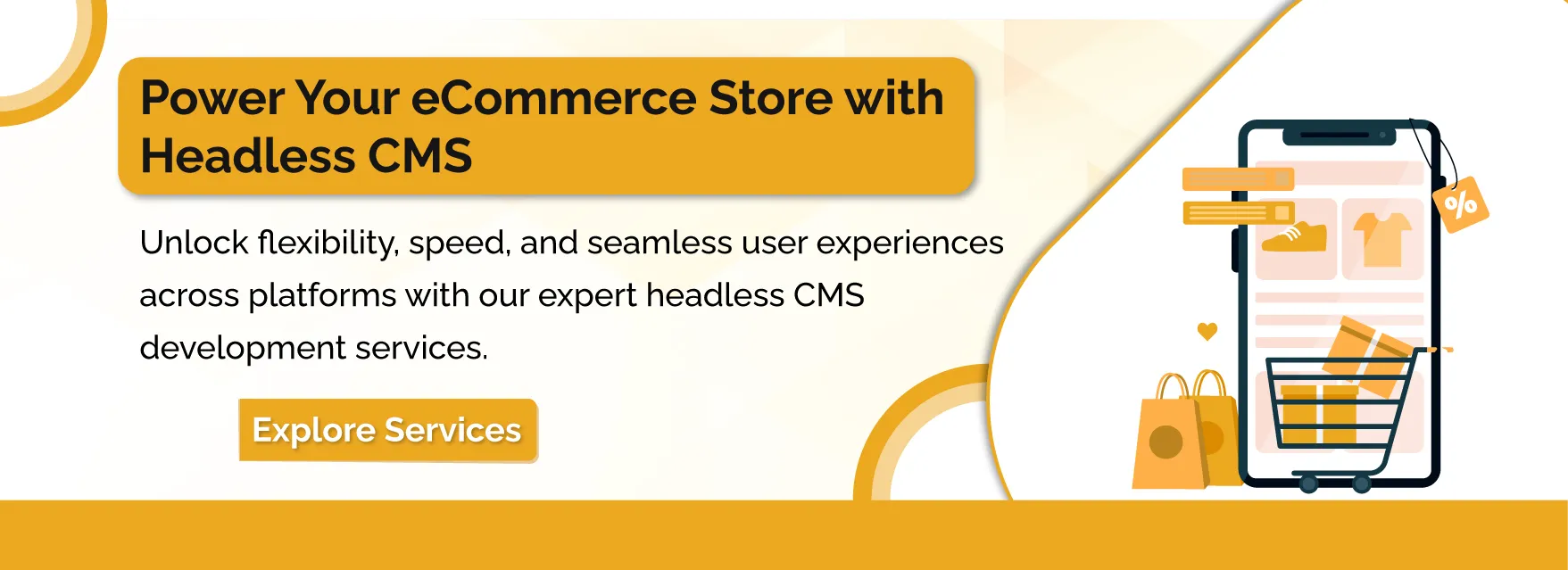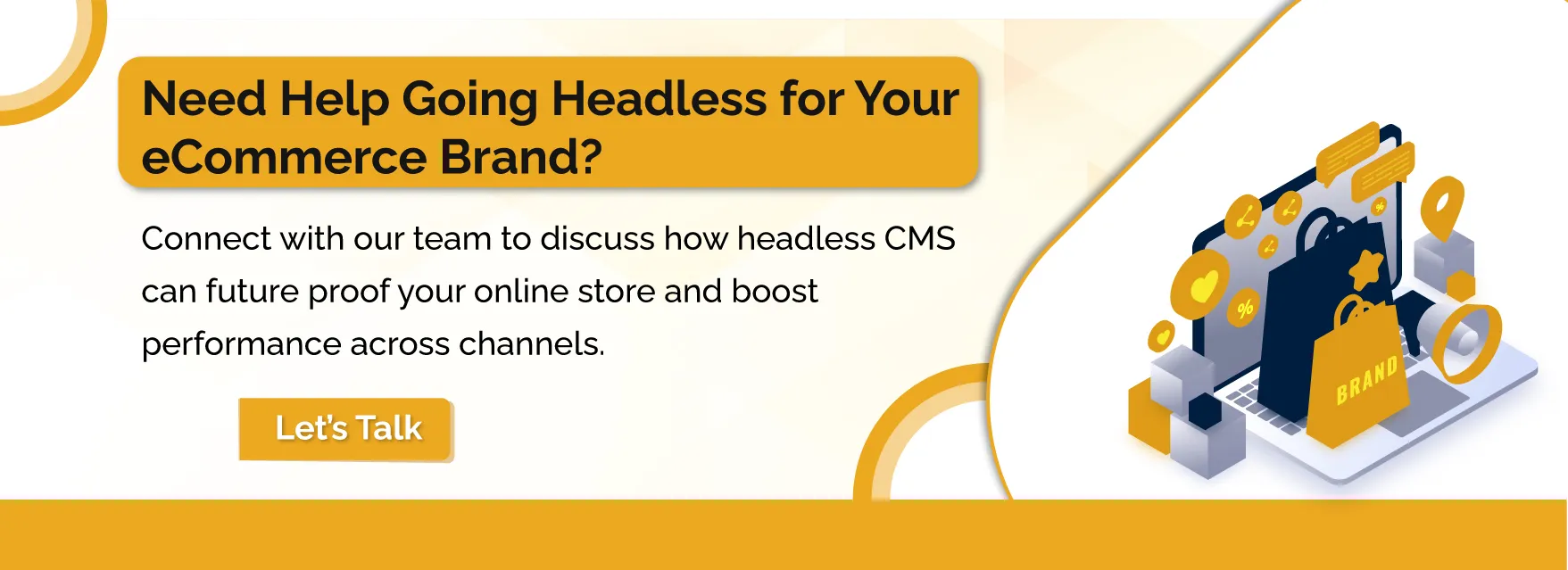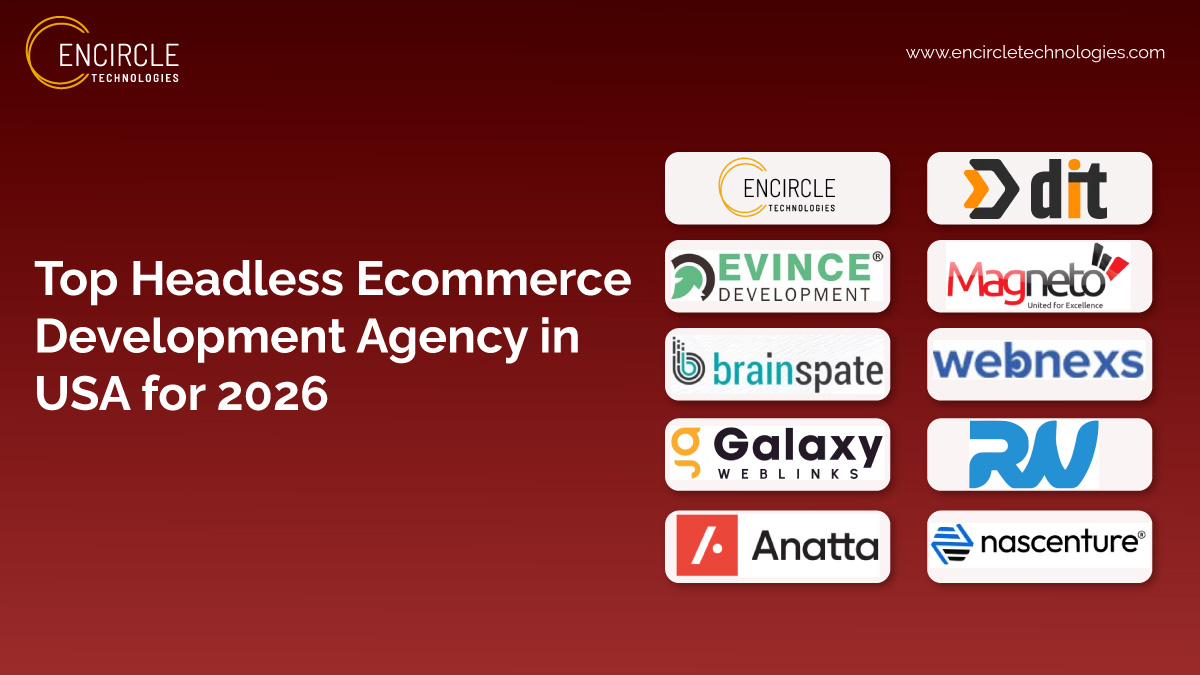
A CMS empowers users to create, edit, and organize content using simple software, without needing any technical skills. It centralizes various functions for effortless updating and maintenance, automating the distribution of webpages, product information, and multimedia files across websites and other online platforms.
Conventional CMS software integrates the storage area (backend) with the display area (frontend) for content. While this has worked for many businesses over the years, it is often a bottleneck from which customization, flexibility, and performance suffer, especially in the modern fast-paced digital world.
To keep pace with rapid personalization and omnichannel delivery demands, businesses are shifting toward headless CMSs. Unlike traditional systems, headless CMSs decouple the content repository from the presentation layer, thus allowing developers to compose a truly dynamic and optimized experience for any device or platform.
Recent data indicates that above 80 percent of the companies that switched to headless CMS noticed improvements in performance, scalability, and content delivery over multiple channels, all of which are really in competitive eCommerce spaces.
For this reason, more and more brands are investing in headless eCommerce development services to build digital stores that are flexible and ready for the future, able to grow and adapt as customer expectations continue to evolve.
What is a Headless CMS?
➥ Definition
A headless CMS is only a backend content management system. It allows content to be stored at a single point and delivered to any frontend by the use of APIs. The term "headless," therefore, refers to a missing predetermined frontend or presentation layer. A traditional CMS dictates to developers and designers how content should look, whereas a headless CMS solely deals with content.
Flexibility remains the stark difference. Traditional CMSs are monolithic in nature-they create content with a set of built-in themes and templates. Whereas, a headless CMS for eCommerce gives businesses full rein to create a user interface completely tailored to customer needs and platform requirements.
➥ How It Works?
In a headless setup, the backend acts as a centralized content repository, storing text, images, and videos, as well as product data. From there, the front end can be developed with any modern framework, be it React, Vue, or Angular.
Content delivery will be handled through APIs, either RESTful or GraphQL, frontends can pull data from the backend and render it anywhere, be it a website, a mobile app, a digital kiosk, or even a watch.
This API-based approach empowers brands to reconcile different presentations with the same backend without content or logic duplication.
Also Read - Headless CMS Trends That Are Changing the Future of Content Management
Benefits of Using a Headless CMS in eCommerce
➥ Omnichannel Content Delivery
With a headless CMS for eCommerce web, the brands can easily distribute content across various touchpoints from mobile applications, desktop, and smart devices to in-store displays, ensuring that the user experience stays smooth and consistent regardless of how customers may choose to engage with the brand.
Centralized content management also increases efficiency by reducing redundancy so that teams can publish once and deliver everywhere.
➥ Enhance Site Performance
Due to the existence of separate frontend and backend operations, a website built using a headless CMS carries better performance. Developers do not need to concern themselves with the limitations of the backend architecture of the CMS and can focus on frontend performance.
This, in turn, implies a superior Core Web Vitals score, thus affecting SEO ranking along with user interaction. For any e-commerce site, every second matters; the faster the load time, the higher the conversions will be, along with the reduced bounce rates.
➥ Developer Flexibility and Customization
One of the things that keeps the spotlight on headless CMS is the flexibility that it gives to development teams. Since the frontend application is entirely decoupled from the backend content management stack, developers can freely build the user experience using any modern JavaScript framework of their choice, be it React, Vue, or Angular. And here lies the appeal for teams: they can either employ tools they are comfortable with, or else those that best suit the project at hand.
The modular nature of a headless CMS also enables and facilitates rapid development and testing. Teams can introduce new features, test design treatment variations, and refine the user experience, all while leaving the core content management layer unaffected. This is especially useful in the fast-moving eCommerce world, where customer expectations and market demands change at lightning speed.
➥ Scalability
As companies grow, content increases, and traffic follows. With headless CMS, companies can scale each layer independently.
For example, the frontend could be hosted on a global CDN to serve it fast, while the backend could be optimized for content workflows and storage. This kind of modularity gives better performance for the top traffic and complex content needs.
➥ Future-Proof Architecture
It can easily be integrated with the latest technologies, such as voice assistants, AR/VR interfaces, and smart wearables, with the best headless CMS for eCommerce. It thus becomes the perfect choice for any enterprise willing to stay ahead in the digital commerce space.
Being platform-agnostic also allows headless systems to undergo smooth upgrades and technology shifts without ever disturbing the core content strategy.
Challenges of Headless CMS in eCommerce
➥ Increasing Development Complexity
The principal drawback of a headless CMS is that it is difficult to set up and to maintain. Unlike plug-and-play CMS platforms, skilled developers must develop and maintain the frontend with a headless architecture.
Such an approach will delay the development time and possibly delay the time-to-market for another e-commerce feature.
➥ Lack of Out-of-the-Box Features
Traditional CMS platforms offer built-in features like themes, templates, WYSIWYG editors, and ready-made storefronts. It is precisely this that a headless CMS does not provide.
Instead, businesses have to go for custom frontend development, which can kill a lot of time and resources.
➥ Higher Initial Costs
Building a custom frontend and setting up API infrastructure consumes more time and resources at the start. Whereas the obvious long-term benefits may well outweigh the apparent costs, small and mid-sized businesses would find that Total Cost of Ownership, or TCO, is comparatively much higher than they expected.
Budget planning thus gains importance in the case of contemplating such a shift.
➥ Content Management Complexities for Non-Tech Users
As headless CMS platforms cater to the developer's needs, most interfaces remain unintuitive for marketers and content editors.
Such setups create a learning curve for non-tech users, who eventually need either further training or investments into third-party tools providing visual previews and workflows.
Best Cases for Headless CMS for eCommerce
➥ Multi-Channel/Multi-Regional eCommerce
For multi-regional and multi-channel businesses, headless CMS provides streamlined content management: localization of content, multilingual support, and dynamic distribution to mobile, web, and point-of-sale systems - all from a single backend.
The headless mechanism is surely helpful for a global brand trying to channel in maintaining consistency, yet adjusting to the local setup.
➥ Brand Focused on Performance and UX
For retailers aiming to deliver the fastest, engaging online experiences, a headless implementation will work. This enables UX, speed, and conversion optimization - the core metrics for contemporary eCommerce.
➥ Custom eCommerce Experiences
Some brands demand customer journeys unique from the rest. Consider an interactive product builder or a guided shopping experience. The headless CMS supports these custom flows without a template or theme.
This is where custom experiences come about: differentiating your company from other companies.
➥ Integration-Heavy Environments
If your store's eCommerce depends on several APIs and third-party platforms (like CRMs, ERPs, or marketing automation tools), or considers internal systems, but considers integration smooth, go for a headless CMS.
It has the flexibility and the API-first design to build interconnected digital ecosystems.
Also Read - Top 10 Headless CMS Development Companies in India
➥ Evaluate Technical Requirements
To begin, assess whether the CMS we want incorporates the technologies used by your team. Check REST/GraphQL APIs, security protocols, scalability options, and their ability to hook up with your existing stack.
➥ Consider Business Needs
Consider a CMS that can be mapped to your business workflows. Can it support content localization? Can it provide more granular user roles? Does it provide simple publishing workflows to be managed for very few users?
This understanding will help you make the appropriate choice for your marketing and operations teams.
➥ Assess Developer Support and Ecosystem
Good developer documentation, a vibrant community, and easy access to plugins or integrations are indispensable in decreasing development time and assisting when they serve as a barrier and cause of grief in a project.
➥ Pricing and Licensing Models
Compare costs for open-source and enterprise. An open-source platform could be cheaper, but calls for more in-house management. An enterprise solution offers support and extra features, but at a price.
Developments may want to weigh the costs and benefits that might occur in the long run before deciding.
Choosing the Right CMS Strategy for Your Online Store
The choice to deliver promotions through a headless CMS is glibly presented as a one-size-fits-all solution. Go for maximum horsepower, super-flexibility, and infinite scalability; anything less brings with it increased complexity and more upfront cost.
Any business that needs deep customization, cross-channel capability, or a head start on massive scaling can benefit greatly from the headless approach. On the contrary, small online stores with less robust development teams might find themselves better off with a traditional CMS.
Make sure that you analyze your technical resources before deciding to move into such an arena. Whatever CMS you choose should serve your unique business needs, rather than the trend.
If this all sounds very exciting and a bit confusing, a headless e-commerce development agency can make the transition much easier for you. These agencies will help you with the architecture, the tech stack, and frontend development, ensuring you have an effortless launch.

support@encircletechnologies.com
Encircle Technologies is an IT company specialising in the Web and Mobile app development services for all types of businesses; small or large, for all business verticals, across the world. We’re proud to say that our team has worked with some truly incredible partners over a short period of time.






